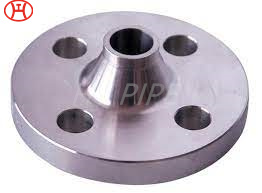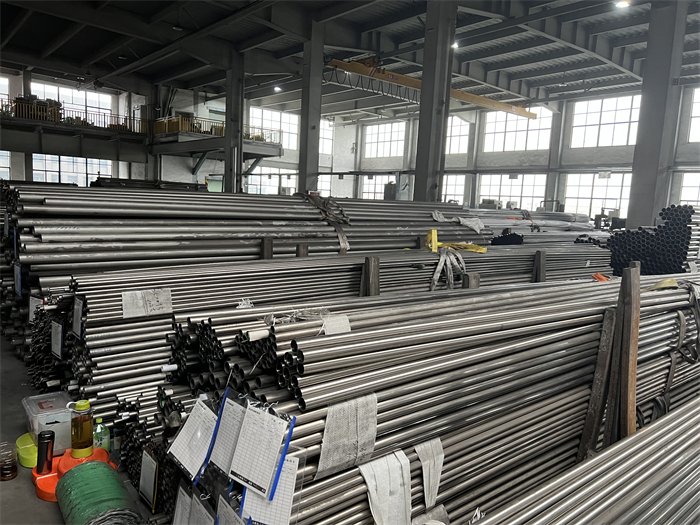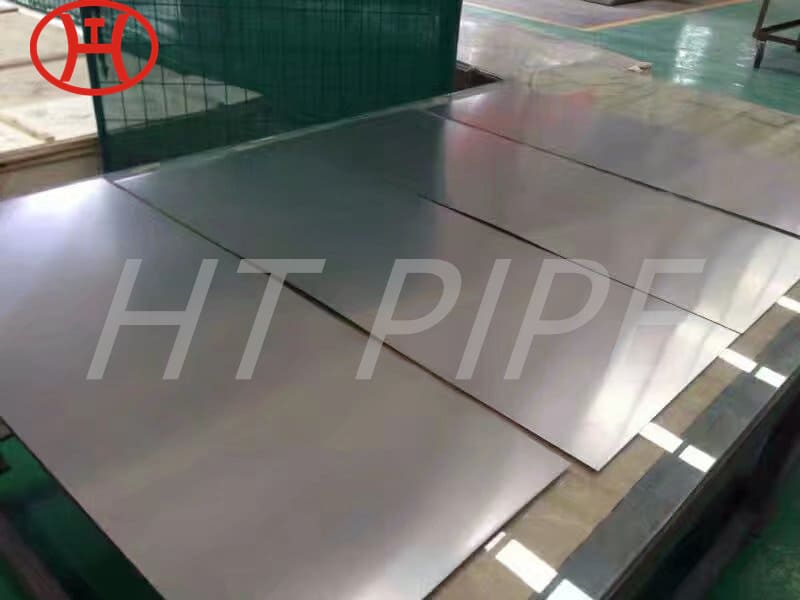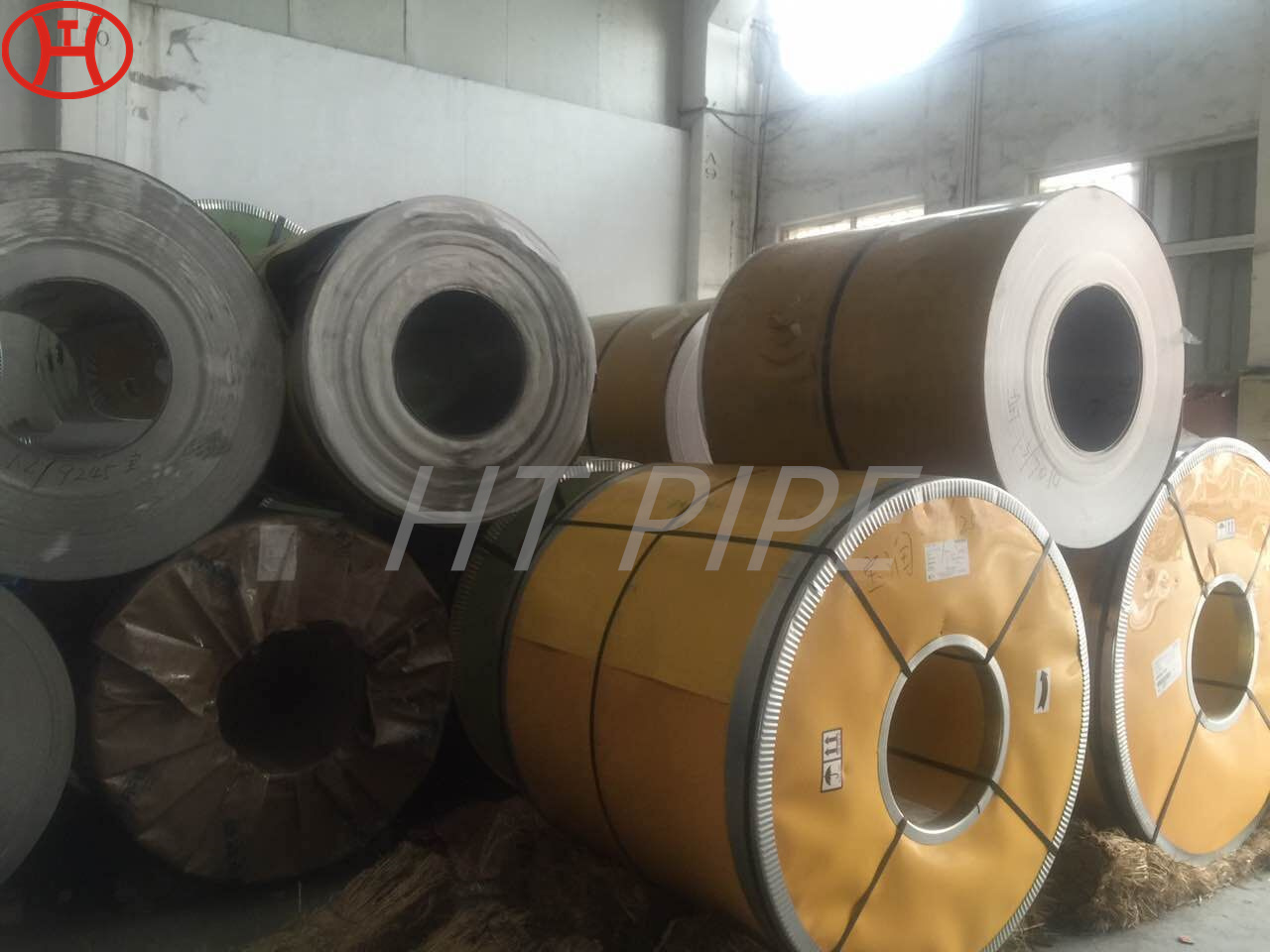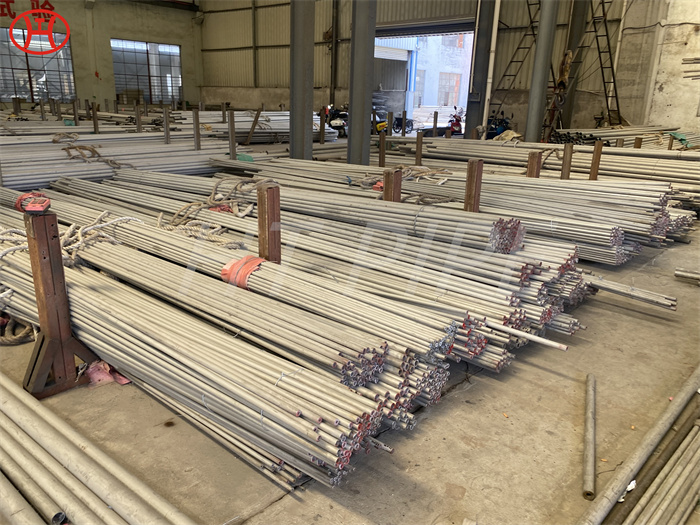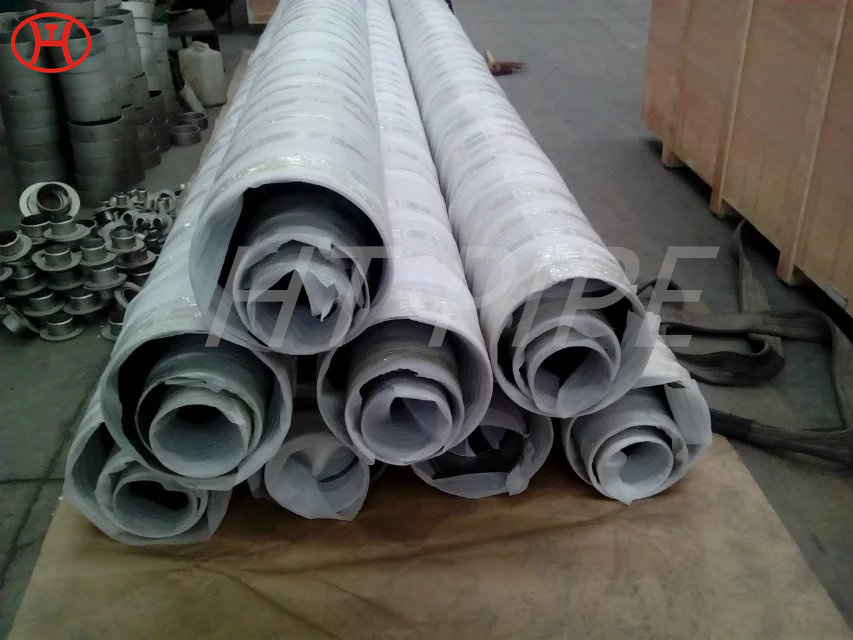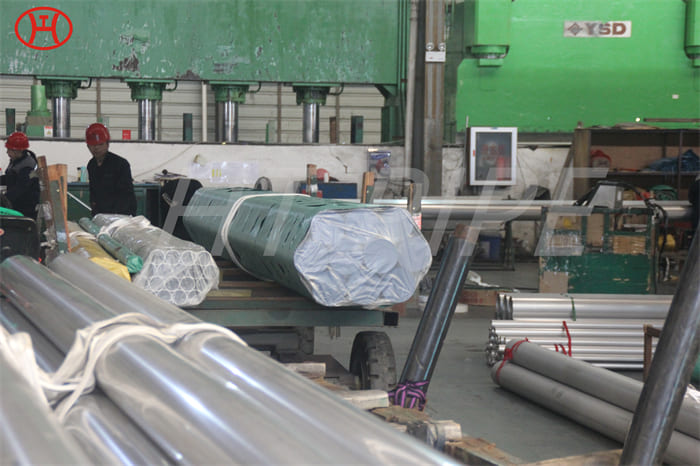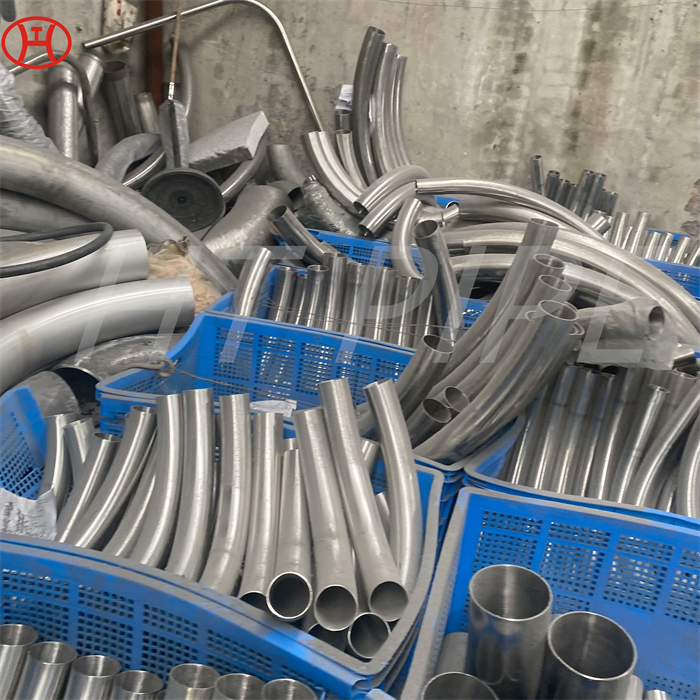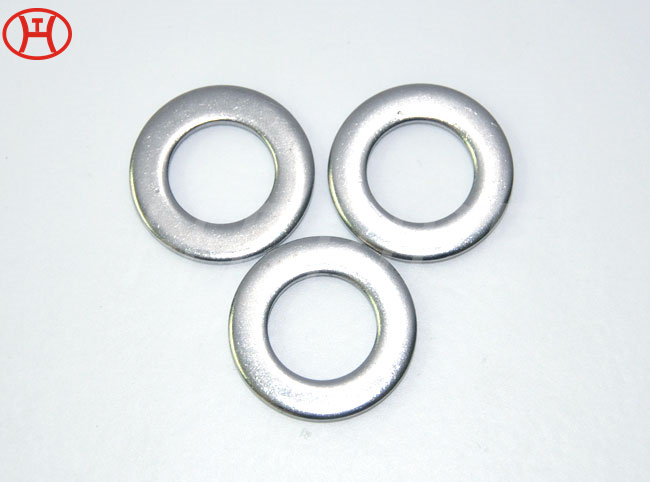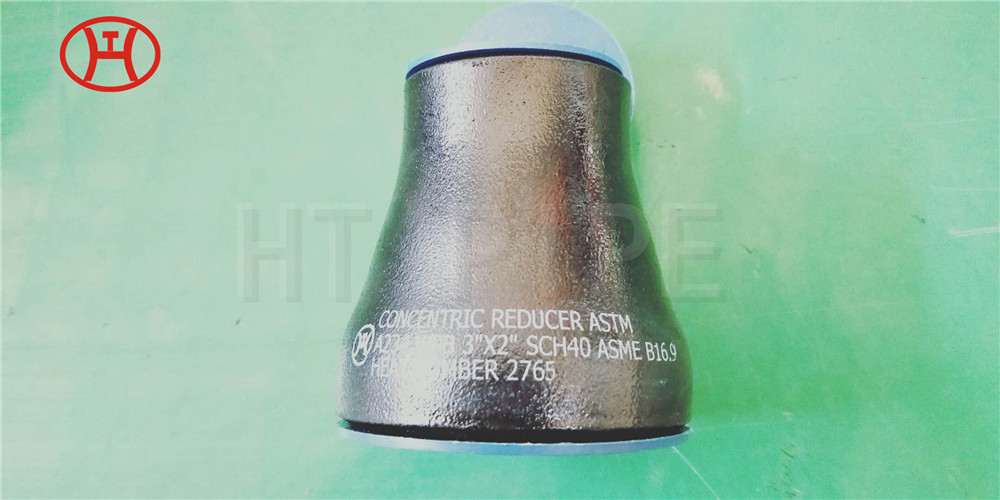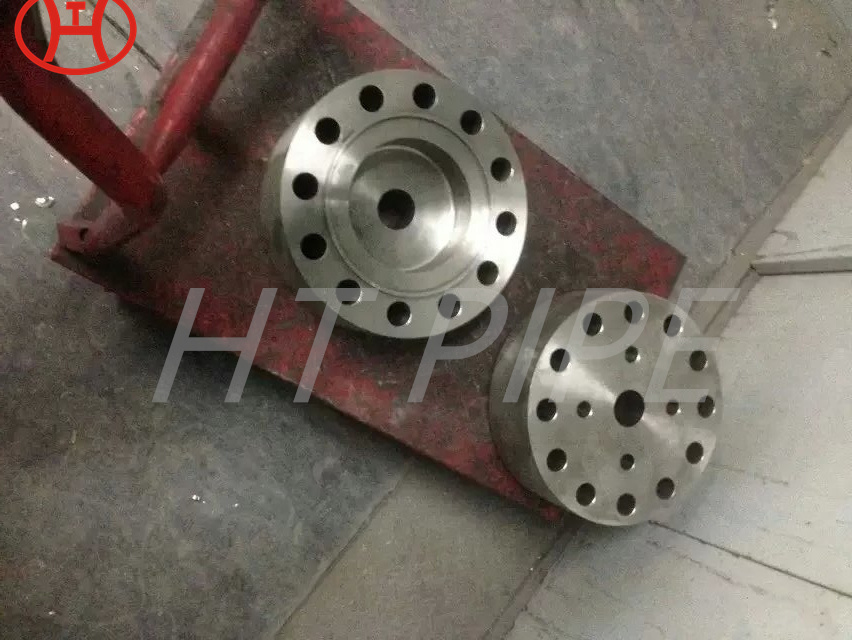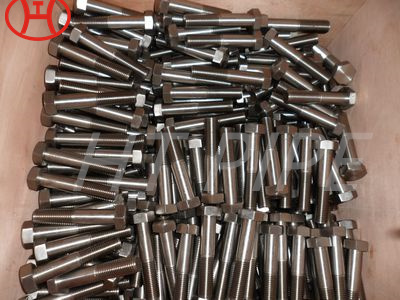12mm 304 stainless steel sheet
304 has excellent mechanical properties and is resistant to a variety of corrosive agents. 304/304L stainless steel coils and plates are part of the austenitic stainless steel family. Grade 304 has a lower carbon content than 302 and 304/304L has a lower carbon content than direct grade 304. Types 304 and 304L have very good stretchability and excellent corrosion resistance in chemical, textile, petroleum and food industry exposures.
A240 TP304 sheet, is the most popular and economical of stainless steel. A240 TP304 sheet has good corrosion resistance to many chemical corrosive agents as well as industrial atmospheric and marine environments.
A240 TP304 sheet has a slight, reduction in key mechanical performance characteristics compared to grade 304 stainless steel plate.
The ultimate tensile strength (UTS) of 304L is roughly 85 ksi (586 MPa), less than the UTS of standard grade 304 stainless, which is 90 ksi (620 MPa). The difference in yield strength is slightly greater, with 304 SS having a 0.2% yield strength of 42 ksi (289 MPa) and 304L having a 0.2% yield strength of 35 ksi (241 MPa).
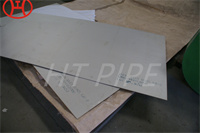
A240 TP304 sheets are available in Type 304 and Type 316. Type 304 can be easily roll formed or bent, and its excellent corrosion resistance and weldability make it one of the most popular grades.
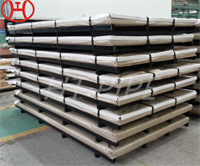
A240 TP304 sheet is useful where hygiene and cleanliness are important. S30403 plate is non-magnetic in the annealed state. Cold working can increase hardness and tensile strength, but can be improved by reducing carbon content to provide good corrosion resistance in welded structures where subsequent heat treatment is not feasible.
APPLICATION
Kitchen benches, such as preparation areas, work surfaces
Food and beverage processing, such as sinks, refrigerators, beer brewing, milk processing, wine making , cream dispensers and all types of dairy equipment
Chemical containers
Heat exchangers
Architectural trim and molding
Petrochemical and petroleum refining
Woven or welded screens for mining, quarrying and water filtration
Medical or pharmaceutical processing for environments such as clean rooms





